
Matatu Culture in Nairobi Kenya
Nairobi, the bustling capital of Kenya, is a city where everyday life is punctuated by a unique and vibrant phenomenon – Matatus. These colorful and dynamic vehicles, ranging from 14 to 33-seaters, have not just become an integral part of Nairobi’s public transport system but have also emerged as cultural icons in their own right. In this article, we’ll delve into the fascinating world of Matatus, exploring their history, their role as “clubs on wheels” and “museums on wheels,” and their undeniable influence on Kenyan culture.
The Origin of Matatus in Nairobi
Matatus, which are minivans and buses, initially dominated Nairobi’s public transport system. These vehicles eventually spread all over the country, providing essential mobility for millions of Kenyans. The name “Matatu” itself is derived from the Swahili word for “three,” signifying the initial fare of three Kenyan shillings. Over time, Matatus have evolved to become more than just a means of transport; they are now symbols of urban culture in Nairobi.
Matatus as Clubs on Wheels
For the youth in Nairobi, Matatus are more than just a mode of transportation; they are “clubs on wheels.” These vehicles are known for their high-energy atmosphere, where passengers can enjoy music, socialize, and even dance during their commute. The loud music blaring from Matatus as they bounce and weave through traffic adds a distinct rhythm to Nairobi’s streets, creating an almost party-like atmosphere.
Matatus as Museums on Wheels
While some see Matatus as clubs, others view them as “museums on wheels.” Each Matatu is a unique piece of art, complete with graffiti artwork on both the exterior and interior. These vibrant designs often showcase pop culture, famous personalities, and political messages. Passengers can enjoy these creative expressions while traveling through the city, making the journey an aesthetic experience.
The Unique Features of Matatus
Matatus are not just about music and art; they are equipped with a range of eye-catching features. Flashy lights, onboard entertainment systems, and custom-designed interiors make them stand out and attract the attention of youthful passengers. These features contribute to the burst of colors and excitement that Matatus bring to Nairobi’s streets.
The Soundtrack of Nairobi’s Streets
If you frequent Nairobi’s Central Business District (CBD), you’ll quickly notice that each Matatu is louder than the next. The combination of the music, voices of passengers, and street sounds creates a lively and energizing soundtrack that defines the urban experience. This is especially true during the evening hours.
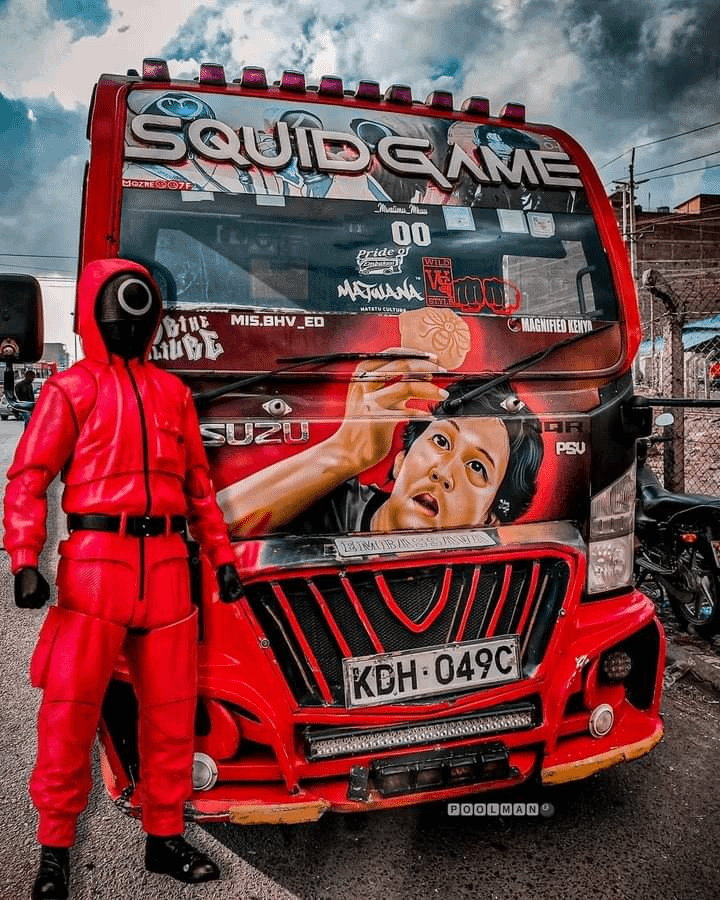
Nighttime Adventures with Matatus
Due to regulations, the vibrancy of Matatus is more prominent at night. When you navigate the streets after dark, you’re in for a treat. Matatus are covered with disco lights, illuminating their surroundings and adding to their allure. The night becomes a canvas for these moving art pieces, creating an enchanting spectacle for those who venture out after sunset.
The Artistry of Matatus
The artistry displayed on Matatus is not limited to graffiti alone. Their exteriors are adorned with intricate designs, often telling stories or representing cultural themes. These vehicles are a source of pride for their owners and a canvas for talented artists, making them unique symbols of Kenyan creativity.
The Convenience of Matatu Transport
Beyond their cultural significance, Matatus are the preferred mode of transport for many Kenyans due to their affordability and convenience. They offer flexibility in terms of routes and schedules, allowing passengers to reach their destinations without much hassle. Despite the ear-deafening music and the occasional swerves on the roads, Matatus remain the backbone of urban transportation.
Matatu Culture in Nairobi Kenya
Matatus are not just vehicles; they represent a significant aspect of Kenyan culture. The colorful, lively, and artistic nature of Matatus reflects the vibrant spirit of Nairobi and its people. These vehicles are more than just a means of transportation; they are an integral part of daily life.
Challenges and Controversies
Despite their popularity, Matatus have faced their share of challenges and controversies. Issues such as overloading, reckless driving, and safety concerns have been raised. However, they continue to be a vital part of Nairobi’s public transport system.
Future of Matatu Culture
The future of Matatu culture is an intriguing topic. As the city evolves, so does the Matatu culture. Regulations and innovations will play a role in shaping their future. It remains to be seen how these iconic vehicles will adapt to changing times.
Matatus and Tourism
Tourists visiting Nairobi often find Matatus to be a fascinating aspect of the city’s culture. The art and music associated with Matatus offer a unique experience that adds to the charm of Nairobi as a tourist destination.
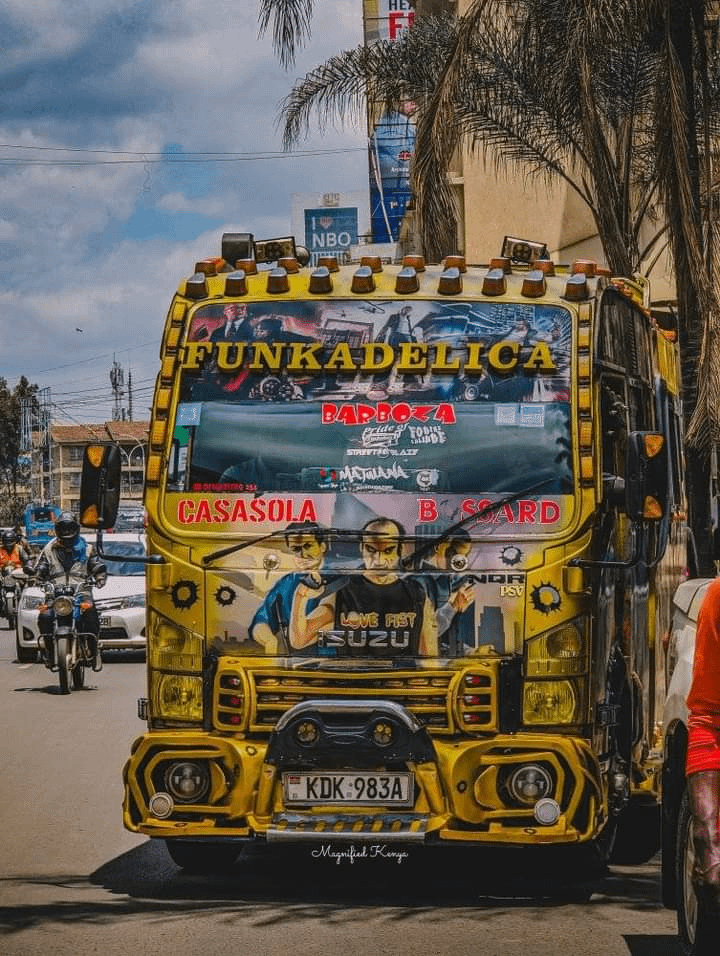
Matatus, also known as Nganyas, are more than just a mode of transport. They are moving canvases of art, clubs on wheels, and an essential part of Kenyan urban culture. The vibrant, ever-evolving Matatu culture is a testament to the creativity and dynamism of Nairobi.
FAQs about Matatu Culture in Nairobi
- What is the history of Matatus in Nairobi?
- How do Matatus contribute to Kenyan culture?
- What are the challenges faced by Matatus?
- How do Matatus cater to tourists in Nairobi?
- What does the future hold for Matatu culture in Nairobi?
Related Content
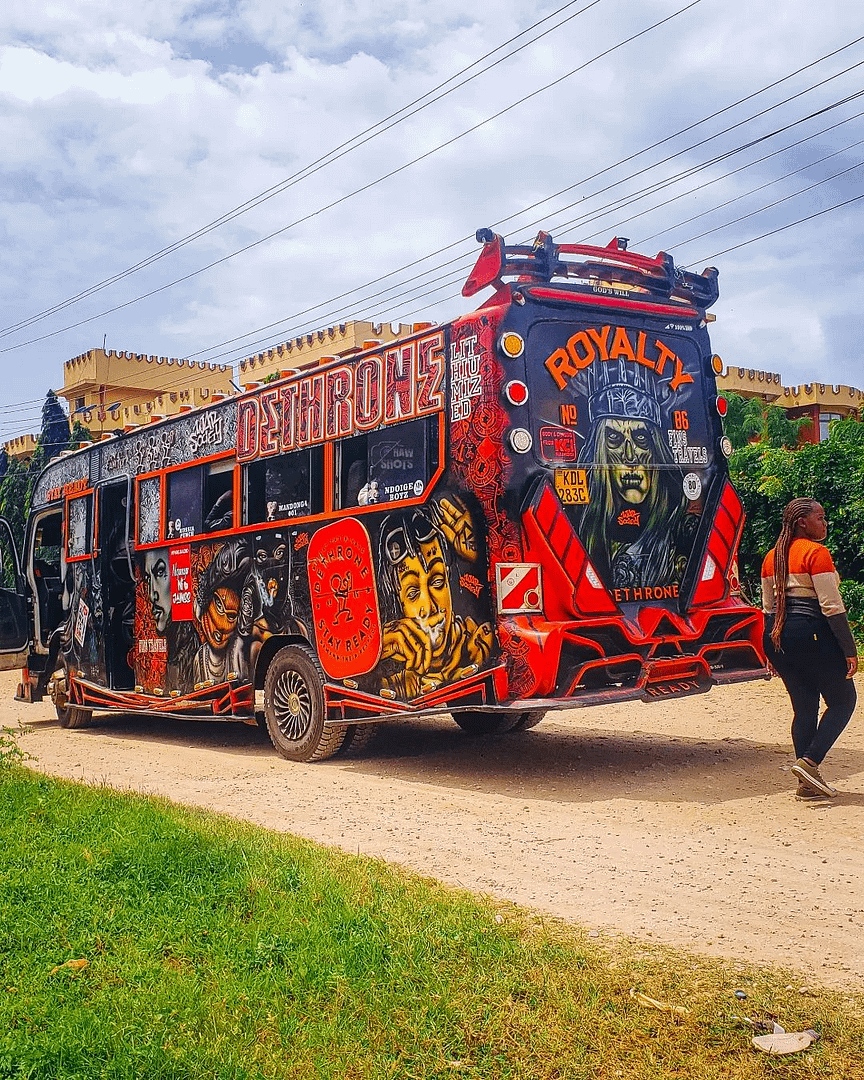
Matatu Culture in Nairobi Kenya: Clubs on Wheels and Museums on Wheels 2023
Matatu Culture in Nairobi Kenya Nairobi, the bustling capital of Kenya, is a city where everyday life is punctuated by…

Palacina The Residence & The Suites: Oasis of peace and calm in Nairobi 2023
Palacina The Residence & The Suites When it comes to finding a tranquil and luxurious escape in the heart of…

Exploring the Wonders of Amboseli National Park 2023
Amboseli National Park Amboseli National Park, a sanctuary nestled at the foothills of Mount Kilimanjaro, is a treasure trove of…

Kenya Tourist Visa Requirements 2023: Your Gateway to East African Adventure
If you’re planning an enchanting trip to the heart of East Africa, Kenya, Rwanda, and Uganda await your exploration. To…

H2o Extreme Diani: A Thrilling Experience In Diani Beach Water Sports
H2o Extreme Diani Diani Beach, situated on the picturesque coastline of Kenya, is renowned not only for its stunning natural…

Hot Air Balloon Safari in Masai Mara: Explore The #1 Sky-High Adventure
Hot Air Balloon Safari When it comes to experiencing the wonders of the natural world, few adventures can match the…
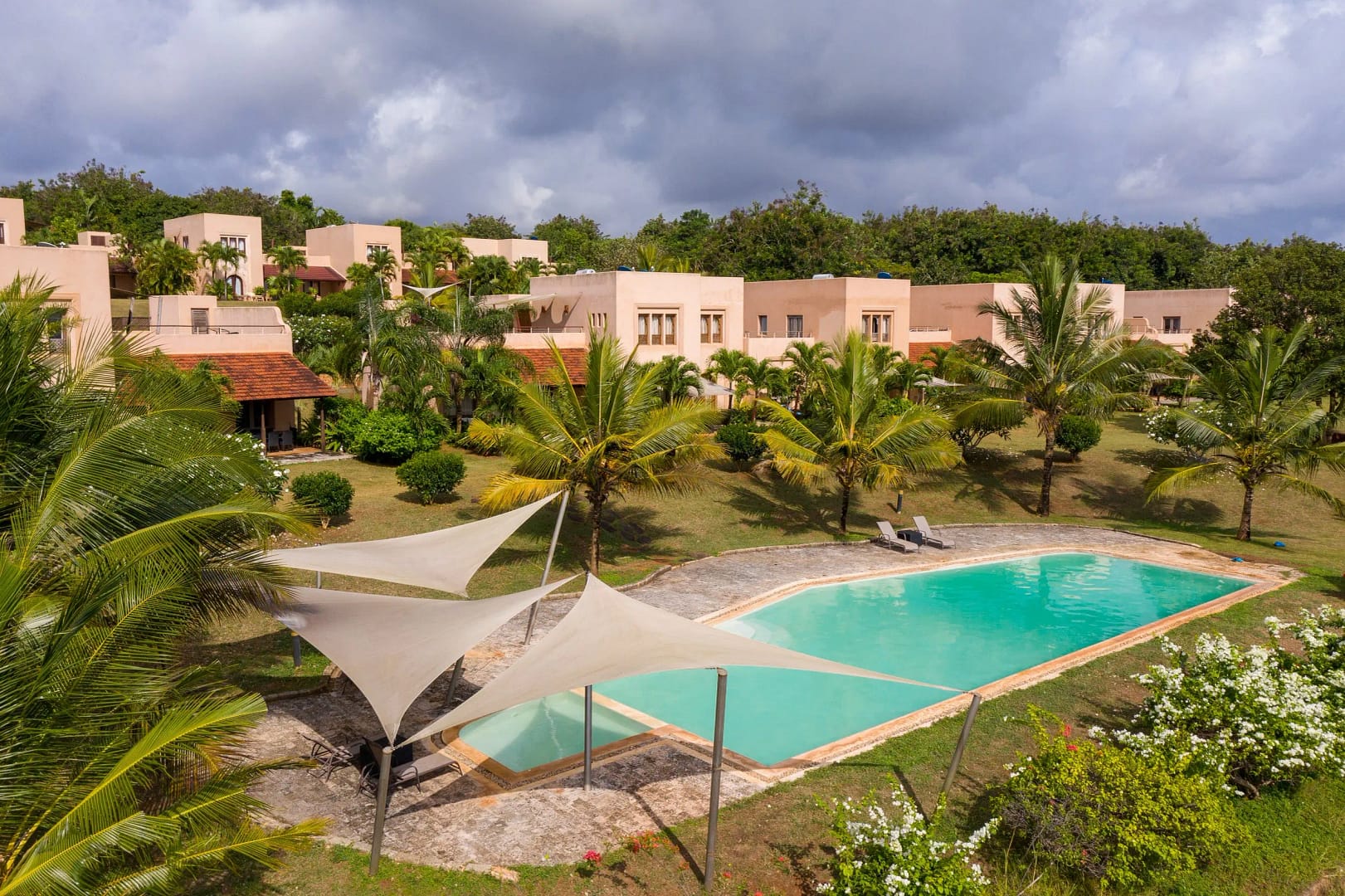
Vipingo Ridge: #1 Luxury Living At The Coast of Kenya
Vipingo Ridge In the heart of Kenya’s coastal paradise lies Vipingo Ridge, a haven for those seeking luxury living, relaxation,…

Maiyan Nanyuki: Exploring the #1 Beauty of Luxury Living in Kenya:
Maiyan Nanyuki Kenya, a land of breathtaking landscapes and rich cultural heritage, has long been a dream destination for travelers…
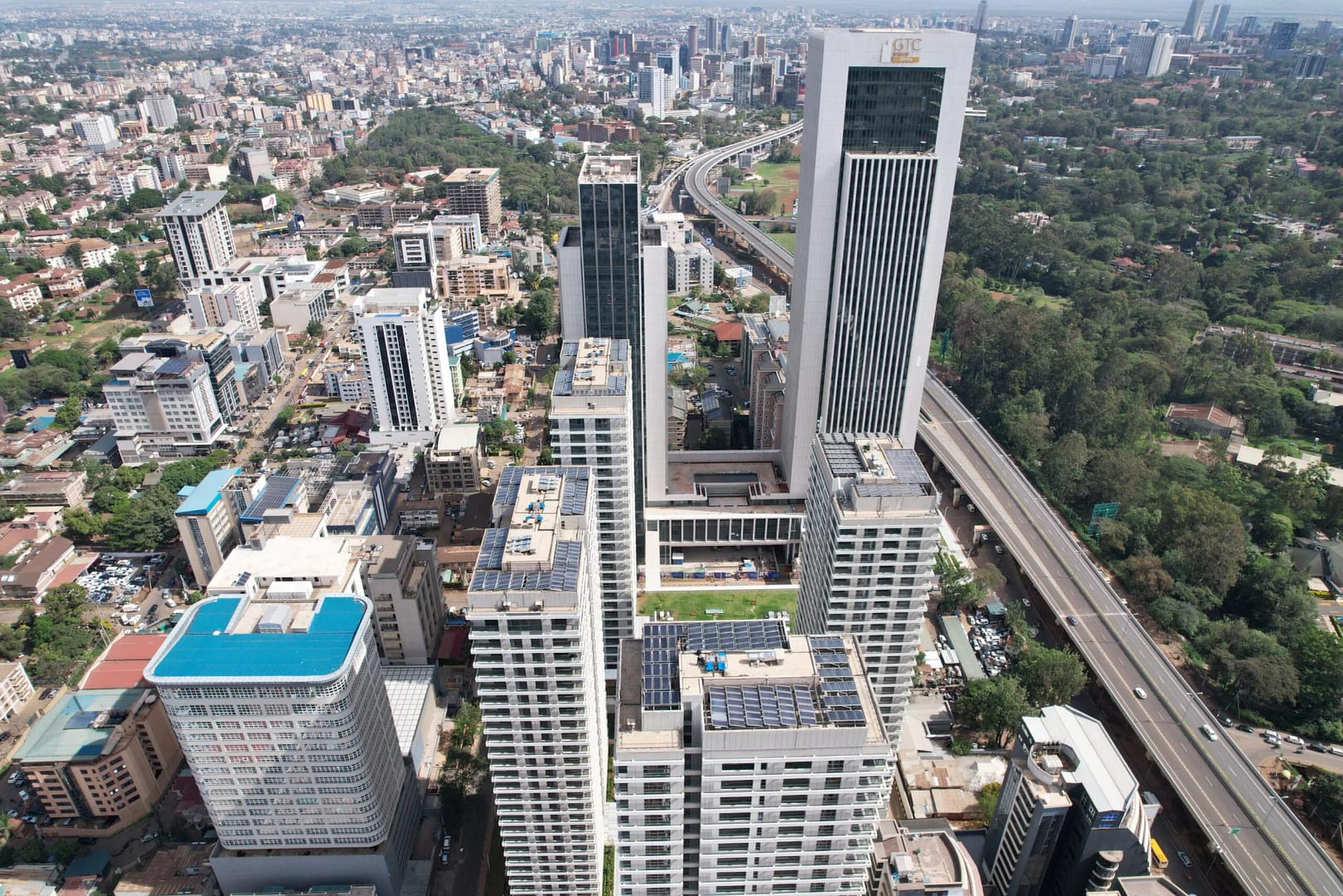
Luxury Living #1: Exploring Nairobi GTC Office Tower
In the heart of Nairobi’s vibrant Westlands neighborhood, a beacon of modern luxury living stands tall – the Nairobi GTC…
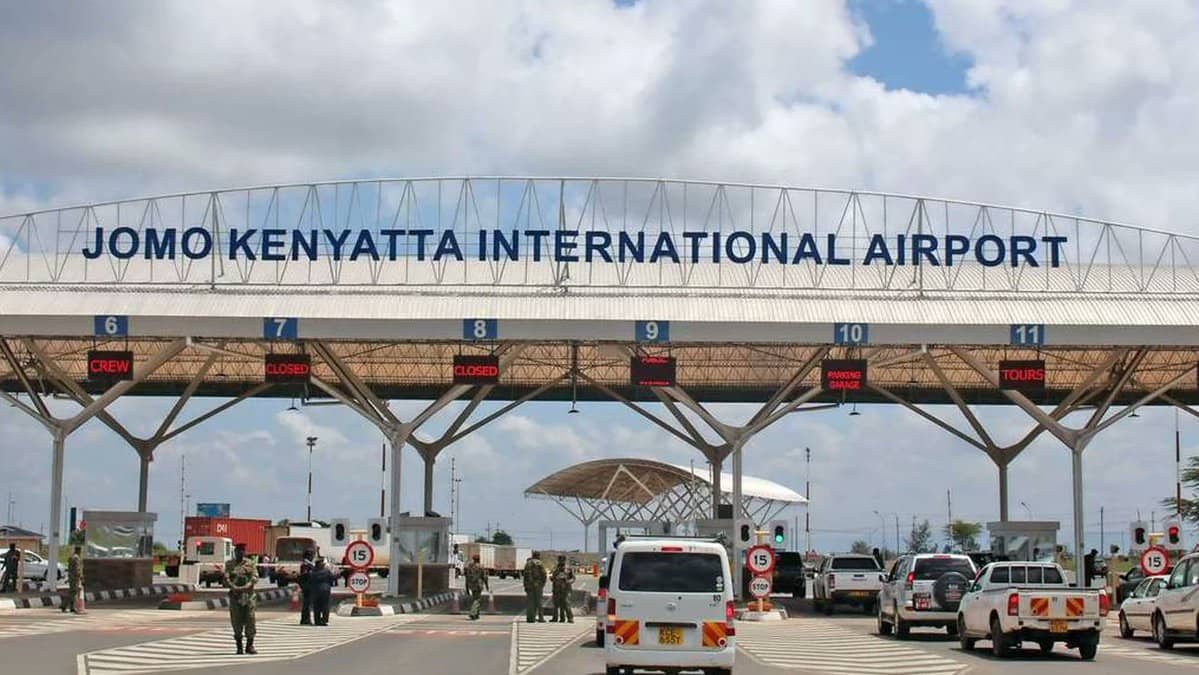
Luxury Accommodation Near JKIA Airport: #1Indulge Yourself in Comfort and Convenience
Luxury Accommodation Near JKIA Airport In today’s fast-paced world, where travel is an integral part of our lives, finding the…

Big Five Safari Kenya: #1 Exploring the Wonders of the Wild
Big Five Safari Kenya When it comes to experiencing the untamed beauty of the African wilderness, few destinations can rival…

Birdwatching in Kenya: #1 The Ultimate Birder’s Paradise
Birdwatching in Kenya is a captivating and enriching experience that beckons both seasoned birders and beginners. With its diverse landscapes…

10 Best Hotels in Eldoret, Kenya: Welcome To The City of Champions
10 Best Hotels in Eldoret Welcome to Eldoret, a vibrant and growing city in Kenya’s Rift Valley, known for its…
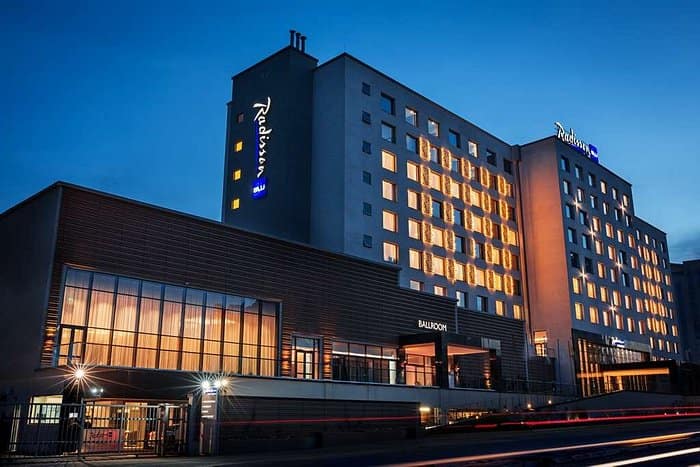
Radisson Blu HotelNairobi: #1 The Perfect Business Hub in Kenya
In the bustling heart of Upper Hill, Nairobi’s thriving business district, lies the Radisson Blu Hotel, Nairobi Upper Hill—a haven…
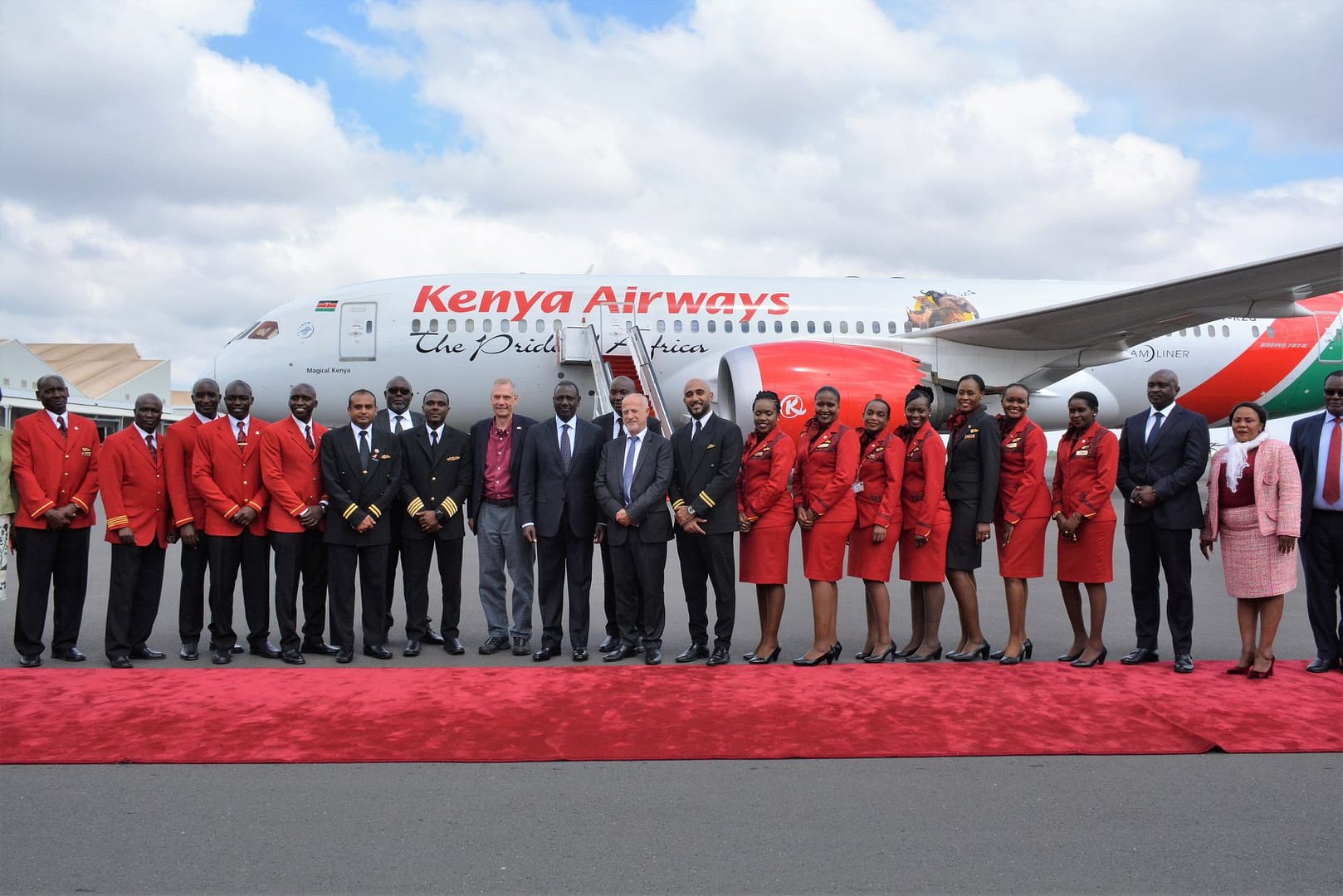
Increase in USA Tourists to Kenya: #1 A Thriving Partnership
USA Tourists to Kenya In recent years, there has been a remarkable surge in the number of USA tourists flocking…

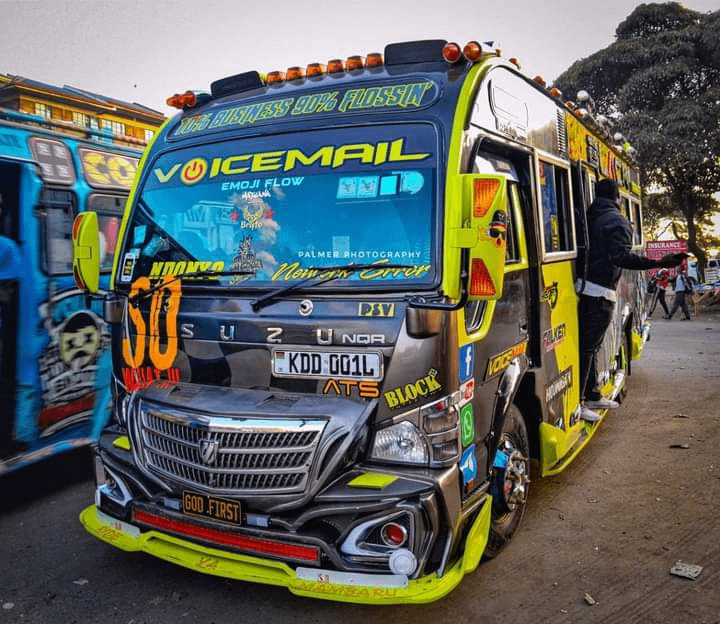
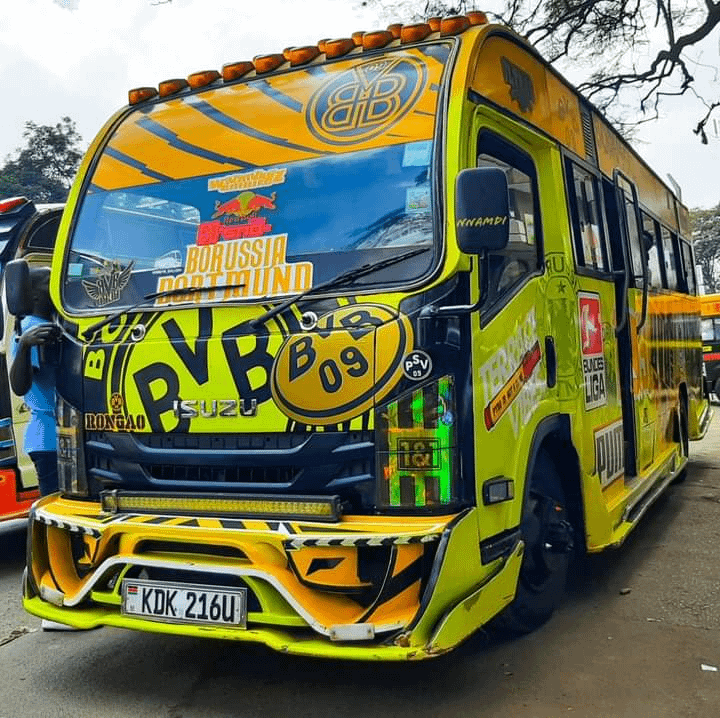
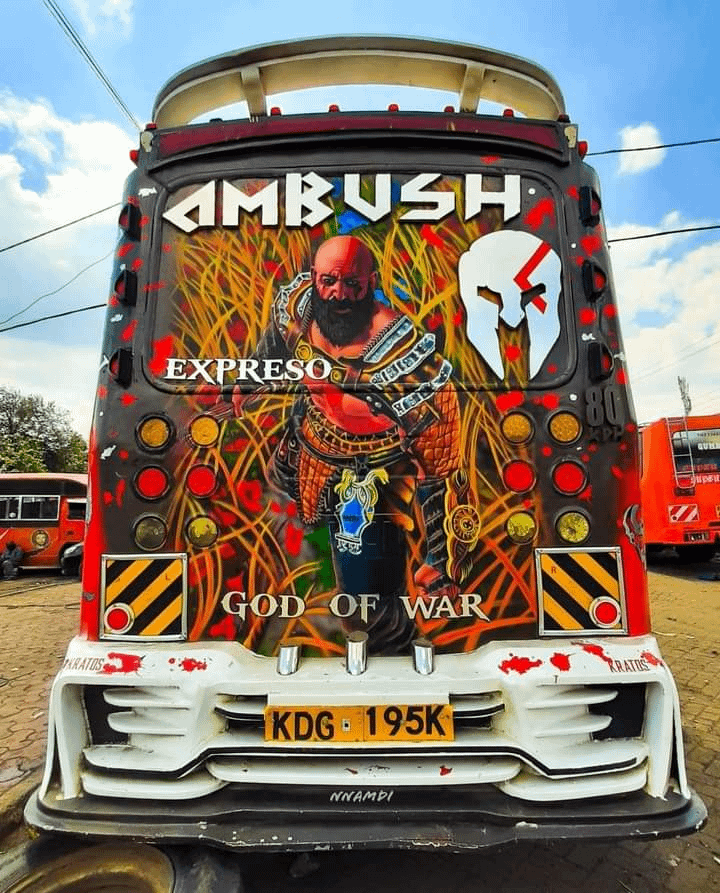
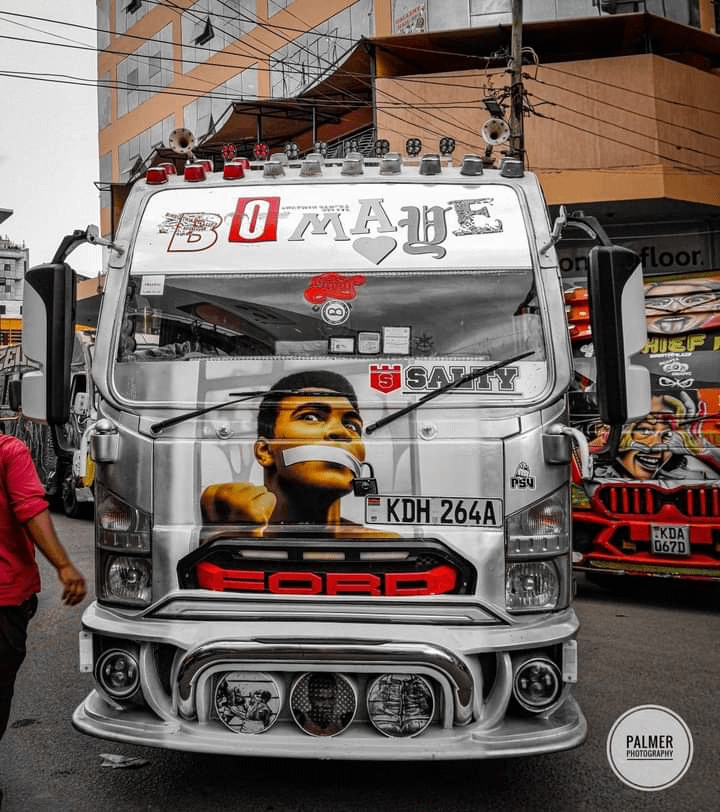





4 Comments